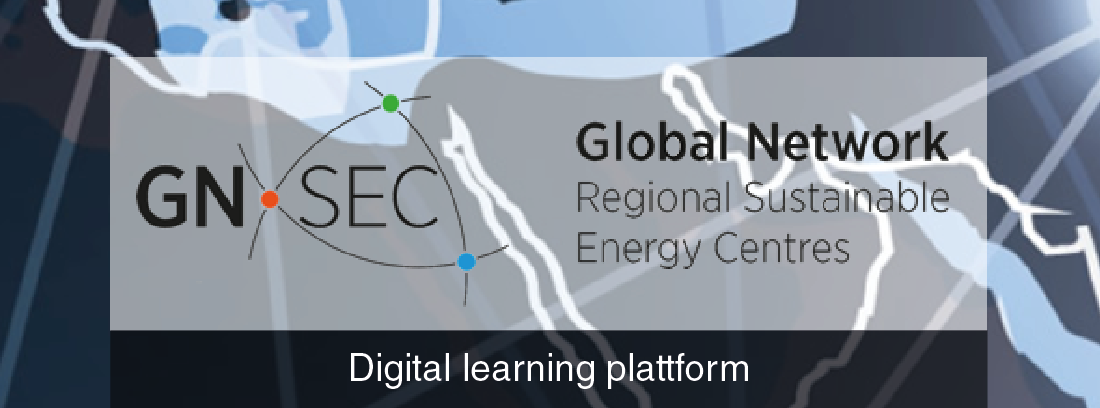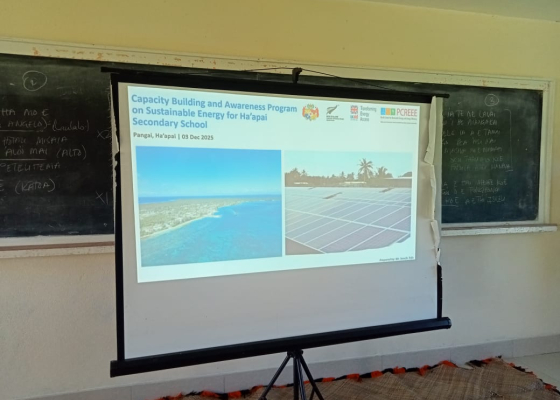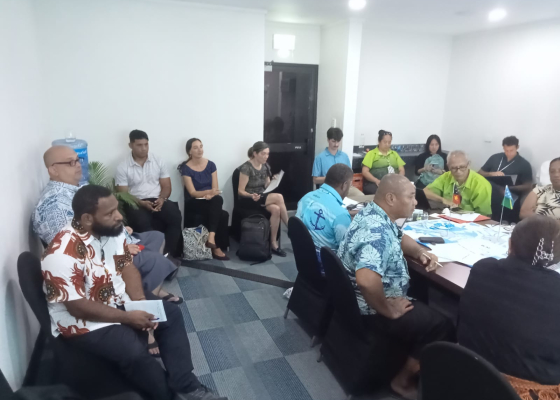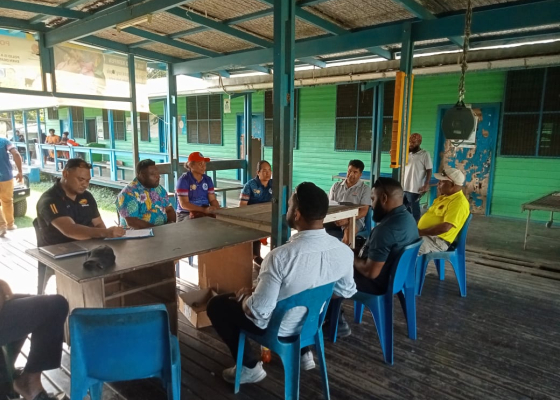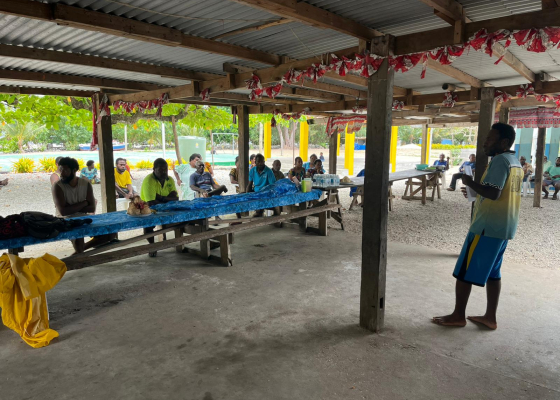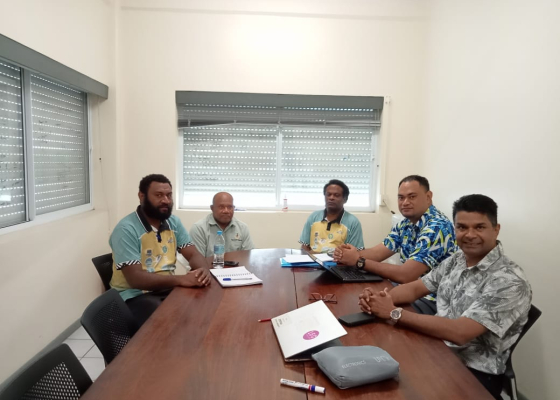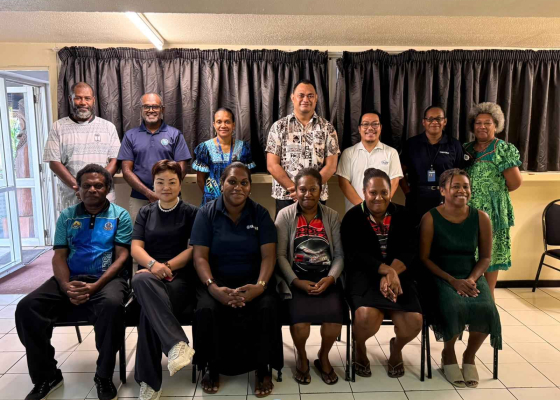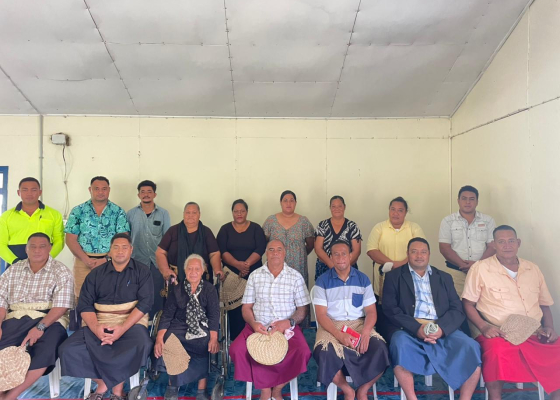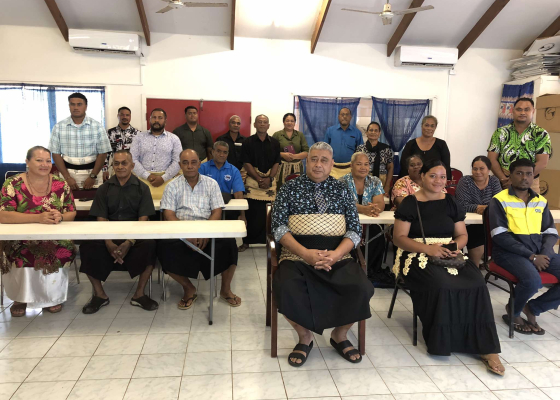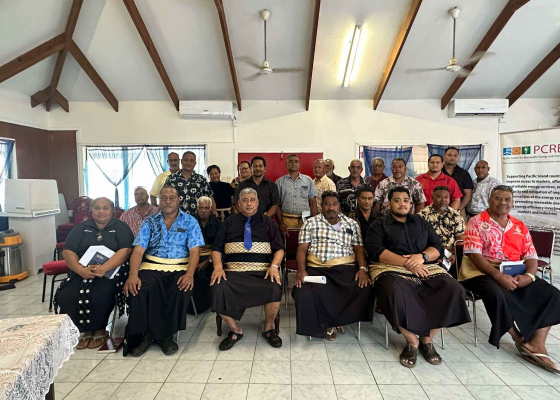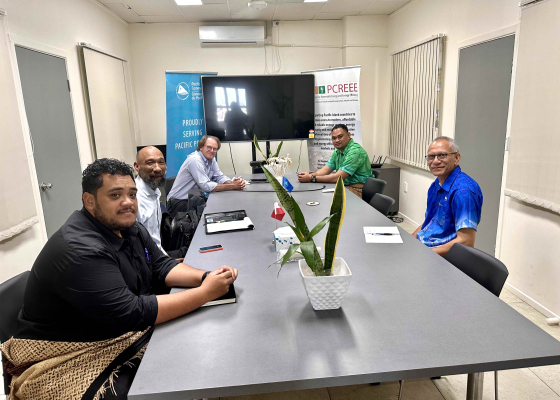Infrastructure Maintenance in the Pacific: Challenging The Build Neglect Rebuild Paradigm
This report was prepared by the Pacific Infrastructure Advisory Centre and was authored by Maria Corazon Alejandrino-Yap. Inadequate infrastructure maintenance has long been recognised as a challenge. The failure to manage and maintain existing infrastructure assets in Pacific island countries has resulted in a large infrastructure debt – representing the gap between what has and should have been spent on infrastructure. The premature deterioration of infrastructure affects lives. It translates into fewer people having access to health clinics; fewer children going to school; deaths from vehicles colliding when negotiating pot holed roads; and disease resulting from the contamination of water sources because of blocked drains, untreated sewage, and the exposure of hazardous waste.The lack of preventative maintenance is also costly in a financial sense. It is well known that preventative maintenance provides a better financial return than investment in new infrastructure. This is important given that Pacific Region Infrastructure Facility (PRIF) partners alone will be spending an estimated USD1.7 billion investing in core economic infrastructure between 2008-09 and 2016-17.
This study is designed to enhance dialogue around infrastructure asset management in Pacific island countries. The study’s objectives are to:
a Investigate maintenance practices in core economic infrastructure sectors of PRIF developing countries, with consideration of the impact of policies and regulatory environments;
b Identify best practice asset management in PRIF developing countries, highlighting the benefits generated by good asset management;
c Explore the impact of development assistance from PRIF development partners on infrastructure maintenance in the region; and
d Propose approaches for improving asset management in PRIF developing countries
Keywords: Infrastructure, Pacific, Infrastructure Maintenance, Asset Management, Pacific Region Infrastructure Facility, PRIF
Upcoming Events
-
01/19/2026 to 01/23/2026
-
03/02/2026 to 03/03/2026






